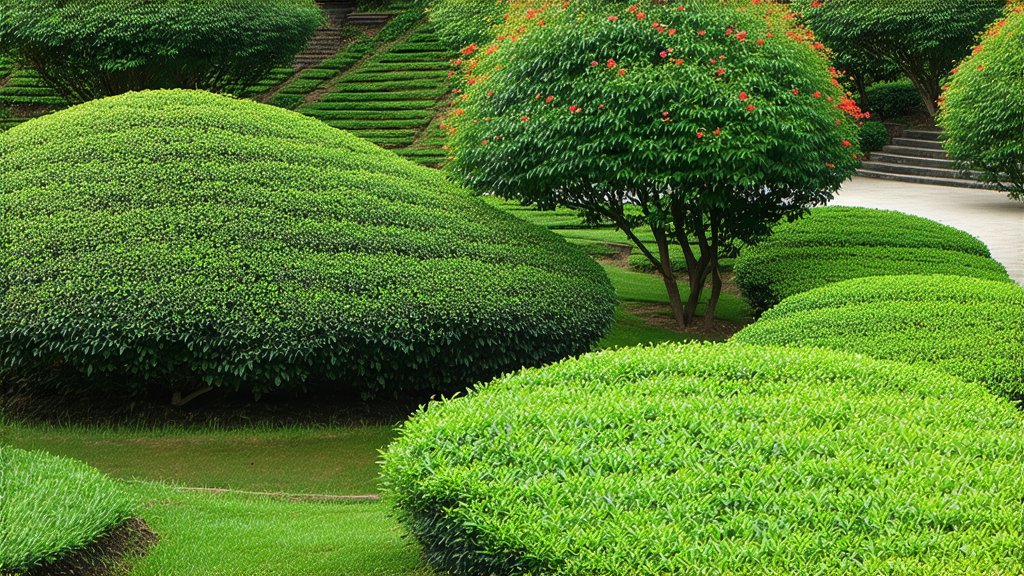
Fujian Silver Needle Tea, also known as Baihao Yinzhen (白毫银针), is one of the most exquisite and revered varieties within China's illustrious history of white tea. This article aims to introduce this enchanting tea to international readers by delving into its rich history, diverse varieties, intricate production process, and unique methods of appreciation.
History
The origins of Baihao Yinzhen can be traced back to the early Qing Dynasty, approximately around 1796, during the reign of Emperor Qianlong. It is said that the tea was discovered in Fuding County, located in the northeastern part of Fujian Province. This region's unique climate and fertile soil provided an ideal environment for cultivating high-quality tea plants, particularly those suited for white tea production.
Baihao Yinzhen quickly gained popularity among the imperial court due to its delicate flavor and numerous health benefits. Over time, it became a symbol of sophistication and elegance, often reserved for special occasions and ceremonies. Today, it continues to be celebrated both within China and on the global stage for its exceptional quality and historical significance.
Varieties
While Baihao Yinzhen is primarily produced in Fujian Province, there are subtle variations depending on the specific region and altitude where the tea is grown. The two main subtypes are:
-
Gao Shan Baihao Yinzhen: Grown at higher altitudes, these teas tend to have a more robust flavor profile and greater complexity. The cooler temperatures slow down the growth of the tea leaves, allowing them to develop richer flavors and aromas.
-
Ping Di Baihao Yinzhen: Cultivated at lower elevations, these teas are known for their lighter, more delicate flavors. The warmer climate results in faster growth, producing a tea that is more accessible and easier to brew for everyday enjoyment.
Each variety offers a unique glimpse into the terroir of its respective growing region, making Baihao Yinzhen a fascinating subject for tea enthusiasts and connoisseurs alike.
Production Process
The production of Baihao Yinzhen is a meticulous and time-consuming process that requires skill and precision. Here is a step-by-step overview of how this exquisite tea is made:
-
Harvesting: The finest buds and young leaves are carefully handpicked, usually in early spring when the tea plant first starts to bud. Only the topmost buds and leaves are selected, ensuring the highest quality.
-
Withering: The freshly picked leaves are spread out thinly on bamboo mats or trays and left to wither under natural sunlight or in a controlled environment. This process allows the leaves to lose moisture gradually, which is crucial for developing the tea's unique flavor and aroma.
-
Drying: After withering, the leaves undergo a gentle drying process. Traditionally, this is done using charcoal fires, but modern methods may involve electric dryers. The goal is to remove any remaining moisture without damaging the delicate structure of the leaves.
-
Sorting and Grading: Once dried, the tea is meticulously sorted to separate the buds from the leaves. The buds, known as "silver needles," are the most prized part of the tea and are often sold separately. The remaining leaves, known as "white peony," are also highly valued but typically less expensive than the pure silver needles.
-
Packaging: Finally, the tea is packaged in airtight containers to preserve its freshness and prevent oxidation. Proper storage is essential to maintain the tea's quality and extend its shelf life.
Appreciation Methods
Appreciating Baihao Yinzhen involves not only savoring its flavor but also engaging in a mindful tea ceremony that honors its cultural heritage. Here are some tips for fully experiencing this exceptional tea:
-
Tea Ware: Use a Gaiwan or a glass teapot to brew Baihao Yinzhen. These vessels allow you to appreciate the tea's delicate appearance and observe its graceful unfurling during steeping.
-
Water Temperature: Use water heated to approximately 80-85°C (176-185°F). Boiling water can scorch the delicate leaves, resulting in a bitter taste.
-
Steeping Time: The first infusion should be relatively short, around 15-30 seconds. Subsequent infusions can be progressively longer, typically adding 10-15 seconds per steep. Baihao Yinzhen can be steeped multiple times, each revealing different layers of flavor and aroma.
-
Aroma and Flavor: Take your time to inhale the subtle fragrance of the tea before sipping. Baihao Yinzhen is known for its floral, fruity, and slightly sweet notes, complemented by a smooth, clean finish. Pay attention to how these characteristics evolve with each infusion.
-
Mindfulness: Engage in a moment of mindfulness as you prepare and enjoy your tea. Reflect on the history and craftsmanship behind each cup, allowing yourself to fully immerse in the experience.
Conclusion
Fujian Silver Needle Tea is more than just a beverage; it is a testament to China's rich tea culture and centuries-old traditions. From its storied history to its intricate production process and nuanced flavors, Baihao Yinzhen offers a captivating journey for both novice and seasoned tea drinkers. Whether you are seeking a moment of tranquility or a deeper connection to a timeless art form, appreciating Baihao Yinzhen is sure to be a rewarding experience.